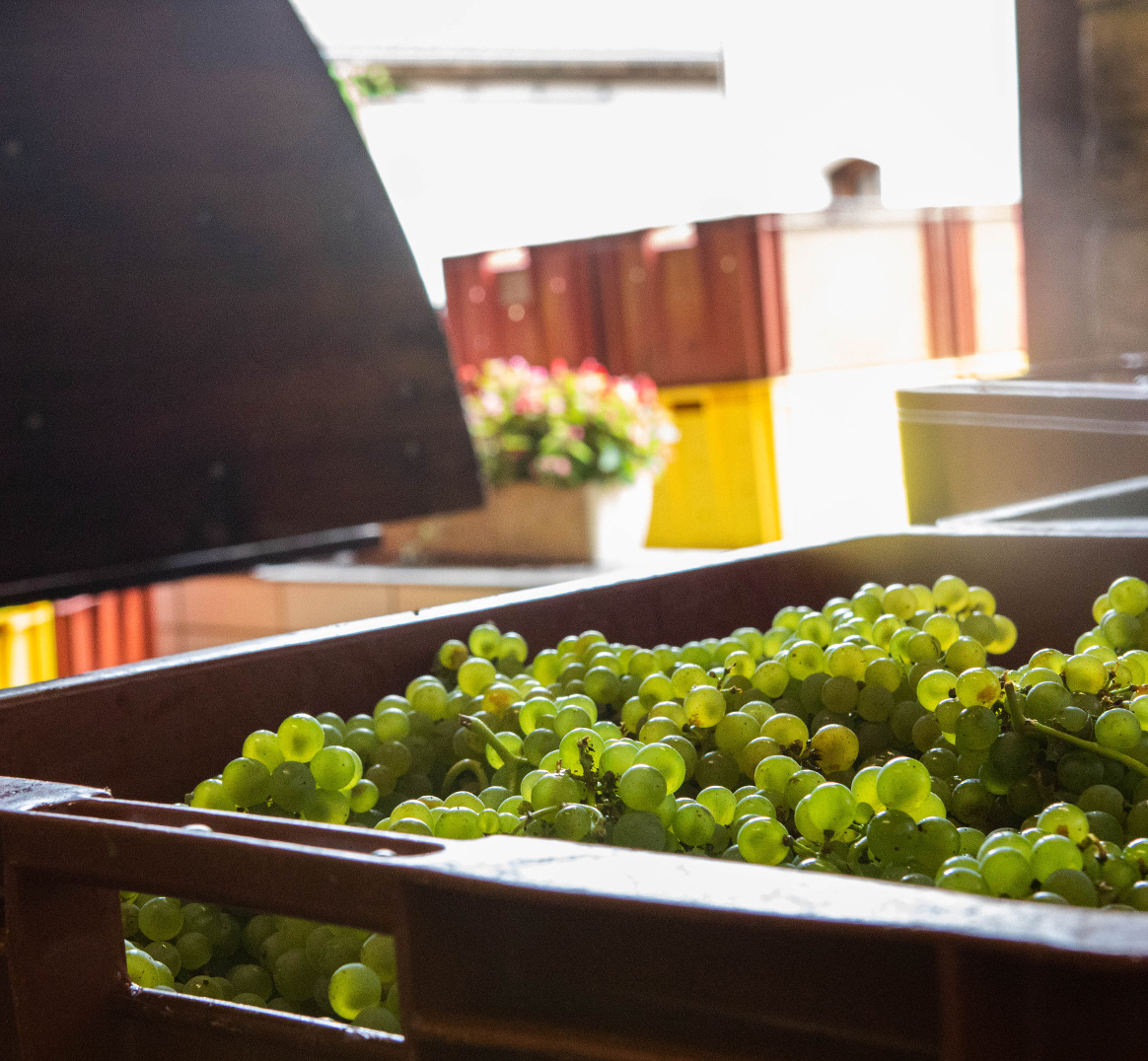Our land
MADE IN DIX
À l’aube aussi se révèle le Champagne.
![]()

La côte des Bar
UN CHAMPAGNE DE TERROIR
SUBLIMÉ PAR SES PÉPITES
Long time forgotten, the Aube region has only been attached to Champagne since 1911. Before, the region was simply an extra area for grape production. The Côte des Bar region has only held the AOC label since 1927. Its northern geographical position, rough weather conditions, particular soil, and setup in the hillsides make it a totally original land that gives champagne wines their typical particularity.
The champagne from the Aube region belongs to an area that remained unknown for a while but has become famous. The experts agree that the winemakers have become fashionable or trendy, as if their enviable and recent reputation was due to the spirit of the times rather than the hard work of the talented winemakers.

OUR ATTRIBUTES
The Côte des Bar region represents a quarter of the land of Champagne. The term « bar » means « the peak » in Celtic. The Côte des Bar’s name is inspired by its environment: the hollowed, steep landscapes due to the different waterways that run across the countryside punctuated by alternating forests, hillsides, and crops.
The characteristic topography of the region demands the planting of vineyards on very steep hillsides. The land is composed of marls, limestone, and clay. Similar to the other champagne terroirs, the soil type brings a typicality to the wine from the Côte des Bar region.
On this land, amongst the authorized grape varieties, the Pinot Noir prevails. The climate of the territory situated south of the Champagne region is milder than the rest of the region. Combined with the typicality of the soil, the climate gives the wines different flavors despite being from the same grape variety.
The Côte des Bar region represents a quarter of the land of Champagne. The term « bar » means « the peak » in Celtic. The Côte des Bar’s name is inspired by its environment: the hollowed, steep landscapes due to the different waterways that run across the countryside punctuated by alternating forests, hillsides, and crops.
The characteristic topography of the region demands the planting of vineyards on very steep hillsides. The land is composed of marls, limestone, and clay. Similar to the other champagne terroirs, the soil type brings a typicality to the wine from the Côte des Bar region. On this land, amongst the authorized grape varieties, the Pinot Noir prevails. The climate of the territory situated south of the Champagne region is milder than the rest of the region. Combined with the typicality of the soil, the climate gives the wines different flavors despite being from the same grape variety.
The Côte des Bar in numbers:

8,000 hectares
8,000 hectares

62 municipalities
62 municipalities

Our top grape variety:
Pinot noir
Our unique grape variety:
Pinot Blanc
Our top grap variety:
Pinot noir
Our unique grape variety:
Pinot blanc
GRAPE VARIETY REPARTITION IN THE Côte des Bar region

83% Pinot noir
83% Pinot noir

13% Chardonnay
13% Chardonnay

4% Pinot Meunier, Petit Meslier, Arbane et Pinot Blanc
4% Pinot Meunier, Petit Meslier, Arbane et Pinot Blanc


EXCESSIVE DRINKING IS DANGEROUS FOR THE HEALTH, CONSUME IN MODERATION.
© 2020 Champagne Dix.It Thiney


